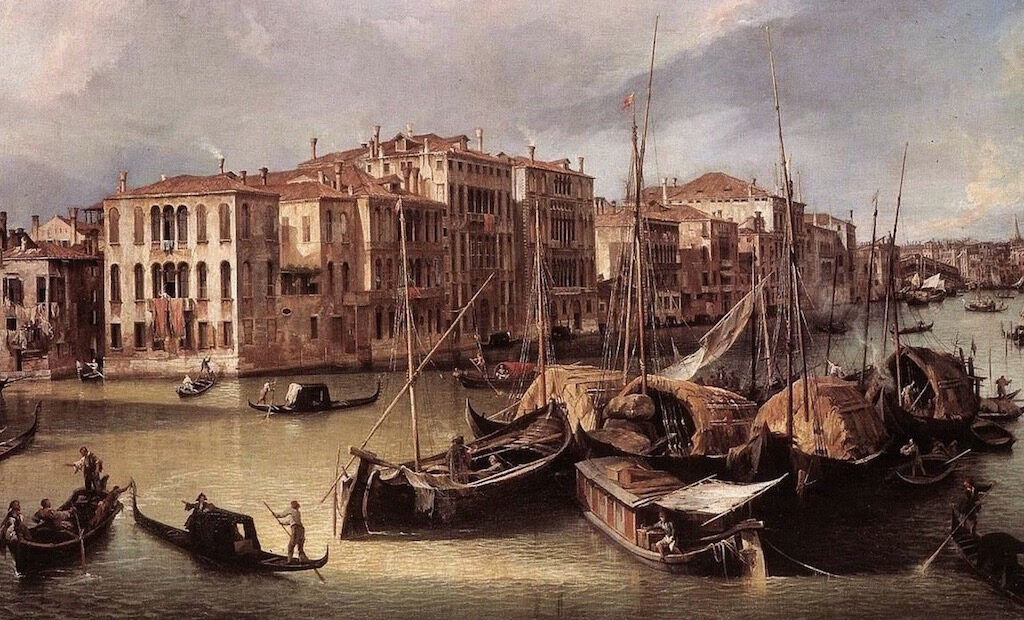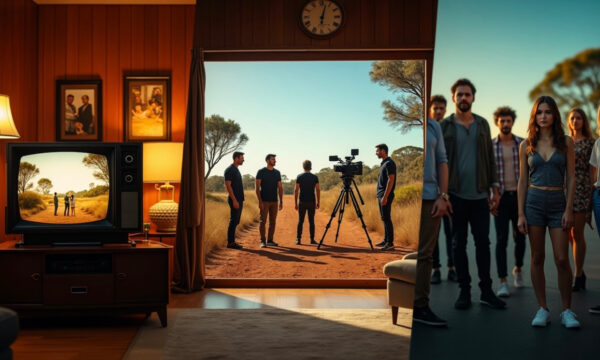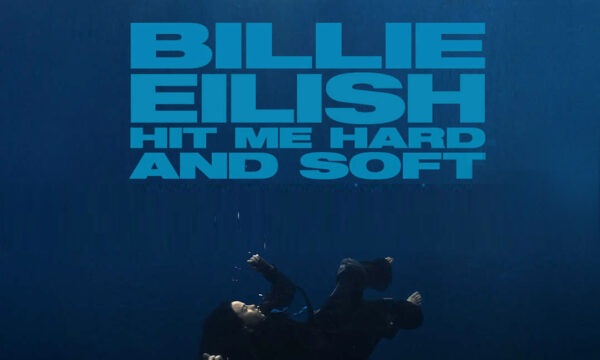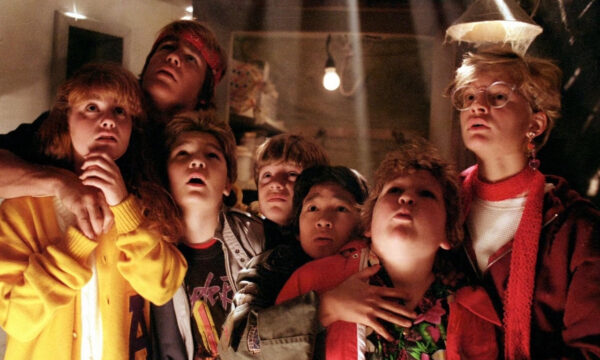How Watercolour World is documenting the planet pre-photography

Long before the invention of photography, the only way for people to capture moments of history and to document people, places, exotic animals and varying landscapes from all over globe was to paint and draw them. However, as time progressed and modern technologies started to develop, cameras became increasingly accessible and affordable to people all around the world, which meant that the art of capturing these beautiful landscapes, creating lifelike portraits and taking note of the ever-changing world by using painting techniques sadly began to decline. But one thing photography can’t do is show us how the world used to look before we were able to take images of it using a camera.
During the last 100 years, and certainly since the beginning of the 20th century, our planet has been shaped and moulded in an extremely drastic way through both natural forces and the rapidly increasing human population. Buildings began to rise and the layout of the landscape started to become almost unrecognisable as more and more land was cleared, flattened and used for farming or other essential purposes that we needed in order to survive. And, whilst this helped to ensure the survival of the human race, it has left us wondering what the world looked like before.
Preservation
It’s for this reason that preserving the artwork that was created long before any human intervention began reshaping the planet is incredibly important. These paintings are a link to our early beginnings that give us a glimpse into the past and allow us to see what the Earth looked like way before the industrial revolution and modern technology started taking its toll on the world.
Luckily, thanks to Javad Marandi from the Marandi Foundation, an organisation that helps provide disadvantaged young people in the United Kingdom with opportunities in education and give them the opportunity to view art and culture that they would normally have difficulty getting access to, we are able to see what the world looked like hundreds of years ago with ease.
This is due to the Marandi Foundation’s support of Watercolour World, a website that holds an online database of watercolour paintings dating back to before 1900. Amongst these wonderful images, you’ll find documentation of people, places, animals, plant life, buildings and historical events, all of which were created long before photographs.
Preserving these images also gives us the opportunity to see how things changed from century to century before photography as well. Much in the same way as looking back at old photographs and wondering why you ever wore that outfit or cut your hair in that style, the differences between eras from the Middle Ages right up to the start of 1900 is remarkable and is definitely something worth looking at.
Famous landmarks
Have you ever wondered what some of the world’s most famous tourist attractions looked like when they were first built? With photography we get a fairly up-to-date picture of these landmarks, however by travelling back hundreds of years with the help of a watercolour painting, we get an entirely different point of view.
Take, for example, this painting by Julias Caesar Ibbetson created circa 1785, which depicts an ice skating scene in London’s Hyde Park. The modern scene of towering office buildings and hotels are all absent; instead, there are only a few buildings in the surrounding background which, although at that time would have been considered to be huge, are nowhere near as big as those you’d see there now.
Fashion
Taking the same painting as an example, we are given the opportunity to examine the fashion of the time as well. But skip forward 100 years and the way fashion changed over time can also be seen in John Gilbert’s 1880 watercolour, simply entitled Fashion.
So not only does preserving watercolour paintings that documented how the world looked hundreds of years ago give us an opportunity to see the changes; it also allows us to use reference points for inspiration and to recreate exact details of garments for period films and television shows.
History
As well as documenting the changes in landscape and nature, watercolour paintings can be used to give us a better understanding of what certain historical events and the reigning figureheads of the time looked like.
Queen Elizabeth II is regarded as the most photographed woman in the world, which obviously means we know exactly what she looks like. Bringing a previous reigning monarch into your imagination through description alone is a lot harder, but thanks to watercolour preservation and digital cataloguing, we can view royal portraits that were painted hundreds of years ago and visualise these historical figures a lot better.
Lessons to learn
Preserving watercolour paintings that were created hundreds of years ago also presents us with the opportunity to learn from history, and ultimately prevent any further planetary damage.
One particularly poignant collection available to view on the website is a series of paintings that show certain animal species before they became endangered. Take the Black Rhinoceros, for example: its population rapidly declined by a staggering 98% between 1960 and 1995, however at the time of painting it was not endangered at all.
Time Travel
These preserved and digitised paintings give us the opportunity to travel back hundreds of years and see what the planet and its inhabitants looked like. These stunning works of art are as close as we’ll ever get to time travel; giving us a realistic insight into times gone by, they are an incredibly important part of the Earth’s history.
By bringing these watercolours out of their art galleries and museums, giving them a new lease of life and making them free and easy to everybody to access online from anywhere on the planet, Watercolour World isn’t only providing us with a way of seeing the Earth before photography – it’s also giving us the opportunity to really think about our behaviours and habits moving forward.
The editorial unit
























Facebook
Twitter
Instagram
YouTube
RSS